Search
Did you mean: Galatia?
Summary 
Loading AI-generated summary based on World History Encyclopedia articles ...
Search Results
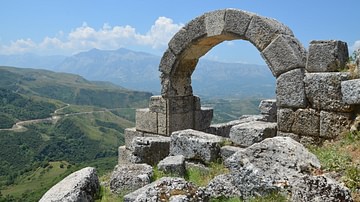
Article
Illyria - Exploring Ancient Albania
Albania is located at the crossroads of the eastern Adriatic and was known as Illyria and Epirus throughout the Classical era. It played a strategic role in ancient times and was a point of contact between Illyrian, Greek, and Roman civilizations...
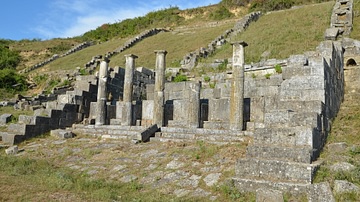
Image
Nymphaeum at Apollonia, Albania
The rectangular basin of the Nymphaeum at Apollonia in Albania, fed by the underground water sources. 3rd century BCE. It is the biggest and best-preserved monument of Apollonia covering an area of 1,500 square metres.

Image
The Southeastern Gate of Amantia, Albania
The southeastern gate of Amantia in Albania, built in the first half of the 4th century BCE. Amantia, founded around the middle of the 5th century BCE, was the historical capital of the ancient Greek tribe of the Amantes.
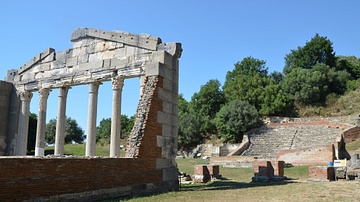
Image
Agora of Apollonia, Albania
The north-western edge of the Agora of Apollonia in Albania with the Bouleterion, the Triumphal Arch and the Odeon.
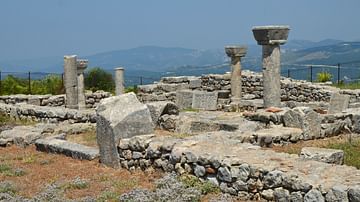
Image
Byzantine Basilica in Byllis, Albania
The remains of Basilica C in Byllis (Albania), a church of average dimensions built in 525-550 CE and paved with mosaics. The Basilica had three naves, a narthex covered by a gallery, preceded by a portico and several annexes.
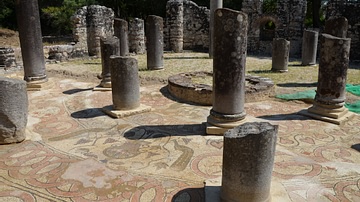
Image
Baptistery in Butrint, Albania
The Baptistery of Butrint in Albania with its well-preserved mosaic pavement featuring iconography relating both to Christianity and to aristocratic life. Early 6th century CE.
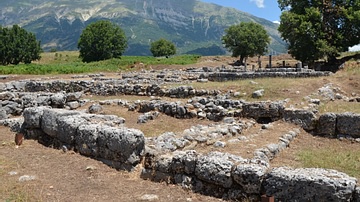
Image
Antigoneia of Epirus, Albania
The city of Antigoneia in Epirus (Albania) was built on the Hippodamian grid system and covered an area of almost 45 hectares
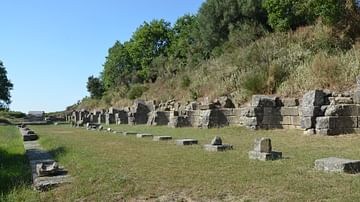
Image
Large Stoa of Apollonia, Albania
The large Stoa of Apollonia in Albania was built in the 4th century BCE. It is the best-preserved monument from the Classical period in the Agora and was used up to the 2nd century CE. It has a rectangular plan measuring 72.2m by 10.5m, divided...
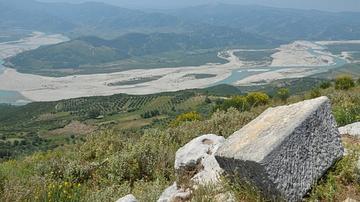
Image
View towards the Vjosa Valley from Byllis, Albania
View towards the Vjosa valley from Byllis, Albania. The site occupied a dominant position on the summit of a hill, over the road from Apollonia to Epirus and into Macedonia.
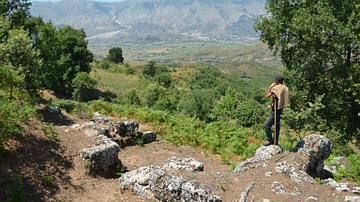
Image
Antigoneia of Epirus, Albania
Antigoneia of Epirus, Albania. The city was founded in 295 BCE by Pyrrhus, the king of the Molossians, who named it after his wife Antigone, daughter of Berenice I and step-daughter of Ptolemy I of Egypt.